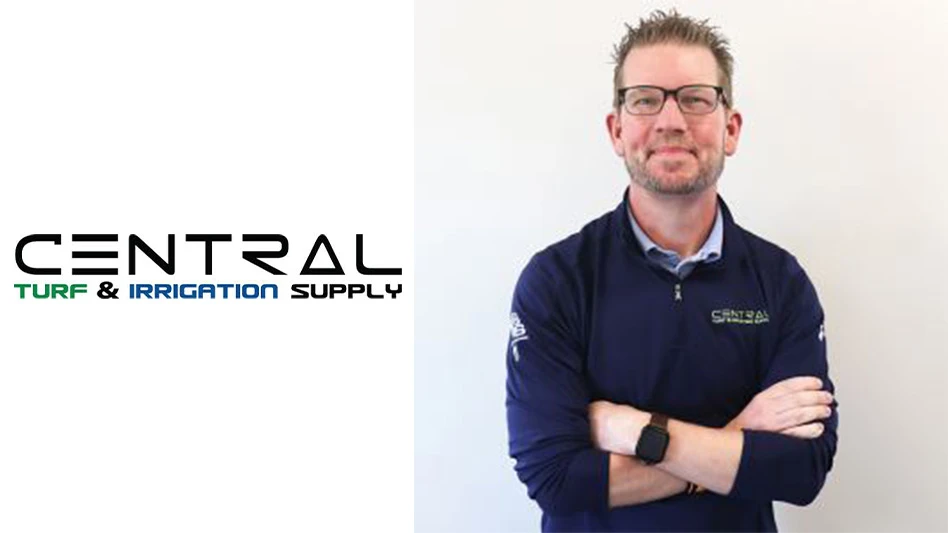
Brent Palich, the director of golf course maintenance at the Mayfield Sand Ridge Club - a 36-hole facility with courses in South Euclid and Chardon, Ohio - is fortunate to avoid most patch diseases at Sand Ridge, but not all.
“We are maintaining creeping bentgrass on our low-cut playing surfaces at Sand Ridge, so the primary patch disease we have dealt with in the past is take-all patch,” Palich said. The symptoms of take-all patch have appeared on greens, tees and fairways.
Identifying what they were facing was fairly easy.
“When dealing with creeping bentgrass in Northeast Ohio, the number of diseases is reduced compared to Poa annua, so this automatically aids in the identification of diseases,” he said. “However, throughout my years of managing turf, I have rarely witnessed textbook symptoms for any disease. So when we are uncertain of a disease or are not achieving control of a disease that we diagnosed, we will send an infected plug, along with a healthy plug, to a diagnostic lab. The correct identification will give you the opportunity to make the proper adjustments, whether it is applying a pesticide or changing your cultural program.”
Palich and his team utilize a preventive spraying schedule to lower the odds of the disease showing up.
“As creeping bentgrass matures, the threat of take-all patch is reduced but not eliminated,” he said. “A lot of pathologists believe that most severe cases of take-all patch occur mainly on bentgrass less than 10 years old, but it is not uncommon to see less-severe cases on older creeping bentgrass."
“Take-all patch on our 14-year-old creeping bentgrass could most likely be controlled by having lower pH levels and proper amounts of manganese available to the plant, which we strive to do,” Palich said. “However, we do treat preventatively for fairy ring each spring, which has been a problematic disease for us, and the timing and product used to suppress fairy ring symptoms is similar for take-all patch as well.”
While preventive spraying takes money and labor hours, it beats the alternative - fighting the disease once it appears.
“Like most turf diseases, take-all patch can be a difficult disease to control after you get it,” Palich said. “However, after proper diagnostics, we have successfully recovered from symptoms with curative fungicide applications and acidifying fertilizer applications, such as ammonium sulfate.
As for tips in dealing with take-all patch, swallow your pride and make sure you know what you’re facing.
“It begins with proper identification of the disease,” Palich said. “Don’t feel bad if you have to get advice from a pathologist or other experts. In the field, several diseases may look similar; under a microscope they can usually be confirmed. Once you know what disease you are dealing with, learn as much as you can about the disease from pathologist, articles, vendors, or other superintendents.”
Latest from Golf Course Industry
- Superintendent Radio Network: Month in Review November 2024
- Greens with Envy 64: A week on the Grand Strand
- Concert Golf Partners acquires Georgia club
- 'All gas, no brake’
- Flash Weather AI expands into the golf industry
- The Institute Golf Club calls on 54 for agronomy, operations
- Tartan Talks 101: Garrett Wasson
- Dye Designs Group selected to renovate Colorado municipal course





